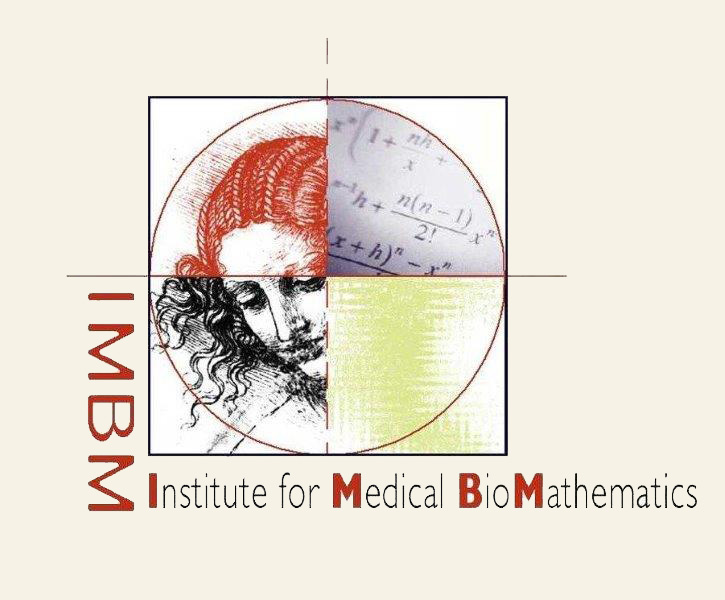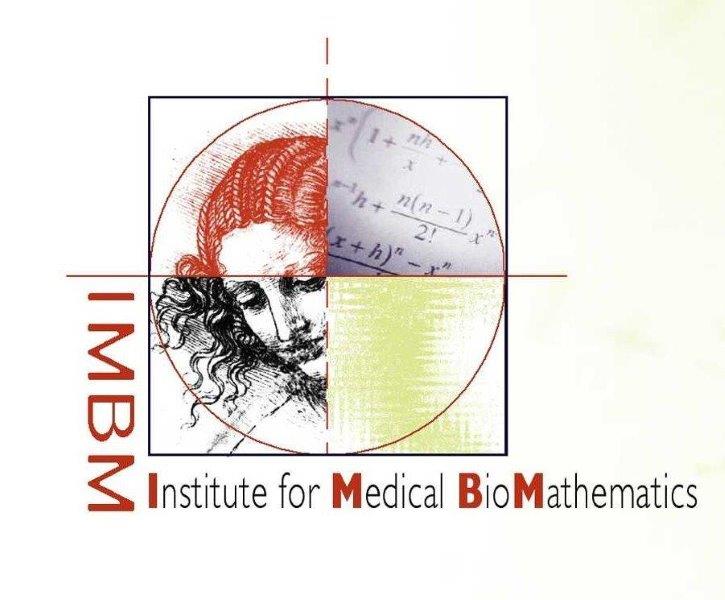
Anat Ben-Yaacov
Dr. Anat Ben-Yaacov holds a Ph.D degree in Biology from the Hebrew University of Jerusalem. Her PhD thesis, under the supervision of Prof. Yael Stern-Bach, focuses on glutamate receptors, the most abundant receptors in the brain- particularly these of the AMPA type- and their regulation by auxiliary proteins. This was achieved through the identification of the regulatory domains and protein-protein interfaces, employing methods of electrophysiology, biochemistry, and microscopy. Anat has also completed her post-doctoral research in the Cancer Research Center in Sheba Hospital and Tel-Aviv University. Her research topic dealt primarily with RNA modifications and regulation of gene expression. Anat joined IMBM in August 2019. At IMBM she provides biological input to various research projects. She has been mainly involved in the study of bacterial sepsis and, at present, of viral sepsis and prostate cancer.
Scientific activity in 2022
During 2022, Anat was involved in the COVID-19 project, mainly in the development of the verbal model of the disease. Anat selected the driving components of the immune system and analyzed their dynamic interactions. She also estimated the values of parameters for the mathematical model. Later this year, Anat was involved in the analysis of blood count dynamics of patients with COVID-19, in a dataset derived from both Sheba and Barzilay hospitals in Israel. Anat interpreted patient blood count behavior throughout hospitalization, from admission through discharge/death by patient age groups and statistically analyzed the results, to be summarized and presented in a paper.
The work program for 2023
In 2023, Anat will continue the work on the longitudinal patient data, to be compiled into a manuscript. She will also continue the work with Yuri Kogan on the COVID-19 mathematical mechanistic model.
Publications
-
- Gillis A, Ben Yaacov A, Agur Z. A New Method for Optimizing Sepsis Therapy by Nivolumab and Meropenem Combination: Importance of Early Intervention and CTL Reinvigoration Rate as a Response Marker. Frontiers in Immunology (2021), https://doi.org/10.3389/fimmu.2021.616881.
- Ben-Yaacov et al., Molecular Mechanism of AMPA Receptor Modulation by TARP/Stargazin, Neuron (2017), http://dx.doi.org/10.1016/j.neuron.2017.01.032.

